How are Sungold seeds produced?
redisland_greenthumb
13 years ago
Related Stories
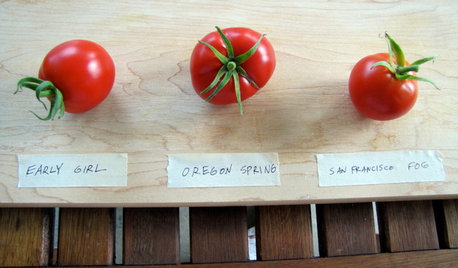
FARM YOUR YARDHow to Navigate a Seed Catalog
Seed catalogs can help you discover what to grow in a garden — once you learn how to decipher them
Full Story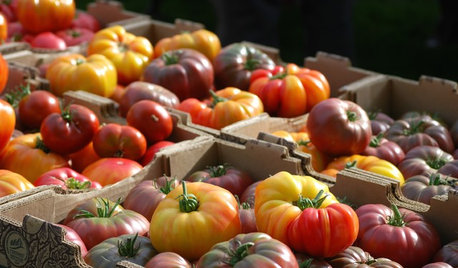
GARDENING GUIDESHow the Little Act of Saving Seeds Can Make a Big Difference
This year, grow an heirloom variety in your garden, save the seeds and play a small part in preserving plant diversity
Full Story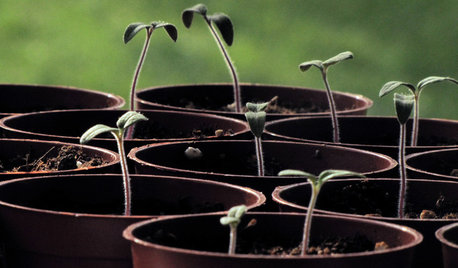
EDIBLE GARDENSPlanting Time: Get Your Garden Started With Seeds
You can get an early gardening fix — and save money too — by starting seedlings in the warm indoors
Full Story
GARDENING GUIDESSeeds or Seedlings? How to Get Your Garden Started
Growing delicious herbs and vegetables starts with knowing your goals and when you want to plant
Full Story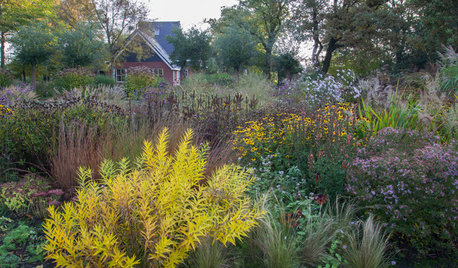
NATIVE PLANTSHow to Grow a Garden From Seed
Planting grasses and flowers from seed is economical, minimizes garden maintenance and benefits local wildlife
Full Story
CONTAINER GARDENS8 Easy Container Plants to Grow From Seed
Get beautiful blooms and herbs in summer by starting these choice garden picks from seed in spring
Full Story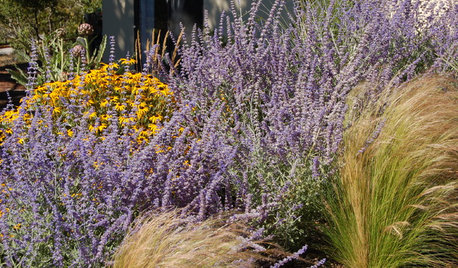
CALIFORNIA GARDENINGSouthern California Gardener's November Checklist
Sow wildflower seeds while ye may, give berries some love and pay attention to produce for garden veggies all winter long
Full Story0

SUMMER FRUITS AND VEGETABLESSummer Crops: How to Grow Beans
Grow your own beans for amazing variety and healthy, convenient produce all summer
Full Story
MOST POPULARSummer Crops: How to Grow Sunflowers
Savor snack-tastic sunflower seeds once the radiant blooms have faded — if the birds have saved you any, that is
Full Story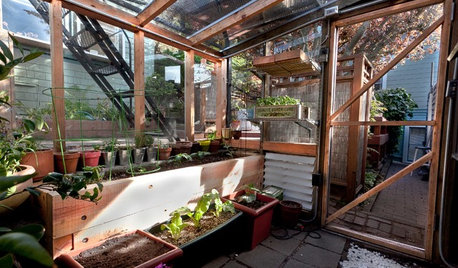
EDIBLE GARDENS10 Great Crops for a Winter Greenhouse
Treat yourself to fresh produce during the winter months by growing these edible favorites in your greenhouse
Full StorySponsored
More Discussions






sunsi
digdirt2
Related Professionals
Redondo Beach Landscape Architects & Landscape Designers · Richmond Heights Landscape Architects & Landscape Designers · Avocado Heights Landscape Contractors · Edwardsville Landscape Contractors · Elmhurst Landscape Contractors · Hayden Landscape Contractors · Kearny Landscape Contractors · Uxbridge Landscape Contractors · Crowley Landscape Contractors · Auburn General Contractors · Poquoson General Contractors · The Hammocks General Contractors · Austintown General Contractors · Urbana Decks, Patios & Outdoor Enclosures · Woodstock Decks, Patios & Outdoor Enclosuresredisland_greenthumbOriginal Author
carolyn137
redisland_greenthumbOriginal Author
digdirt2
torquill
jtmacc99
gardenvt
jtmacc99
digdirt2
redisland_greenthumbOriginal Author
carolyn137
little_minnie
little_minnie
seysonn
PupillaCharites
Richard Allan
Robert Zone 6A